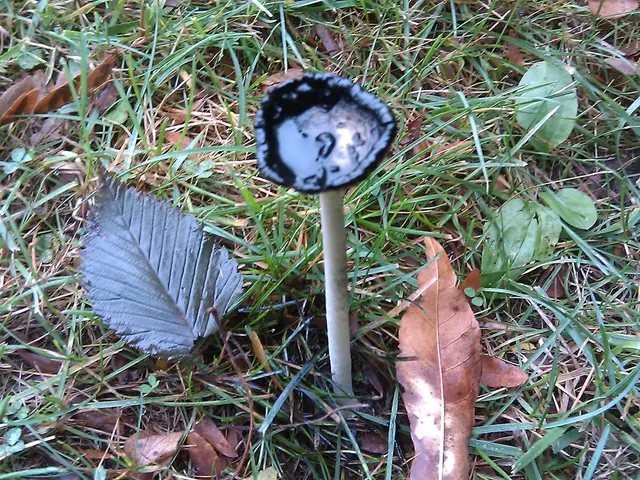'Otters: Neither Typical Marine Life Nor Terrestrial Creature': Exploring the Enigmatic Otter Realm
Otters, with their playful behavior and unique charm, have long been a beacon for conservation efforts and a source of fascination for writers, artists, and nature-lovers alike.
The otter's allure is not only found in their adorable antics but also in their rich history. Otters have appeared in various mythologies, from the Celtic and Norse to Christian and other myths, often portrayed as friendly, helpful, or protective creatures.
Gavin Maxwell's book, Ring of Bright Water, adds another layer of charm to the otter's mystique. The book, which features otters wearing harnesses, sleeping in the author's bed, and sharing his morning bath, has left an indelible mark on the public's perception of otters. Similarly, Henry Williamson's Tarka the Otter has shaped our understanding of these creatures, inspiring bronze sculptures in Bideford, Devon, and on the Galloway coast.
However, the otter's journey has not always been smooth. In the 1950s and 1970s, the otter population declined due to organochlorine pesticides like DDT and PCBs. But thanks to the banning of these pollutants, otter protection by law since 1978, and efforts by organisations like the Otter Trust, otter populations have recovered. Today, otters can be found in every major river, with the highest numbers in the West of England, Wales, Northumberland, and Scotland.
Otters are fierce and voracious predators, with sharp teeth and strong molars capable of catching slippery fish and crunching crustaceans. They have adapted their diet due to a decline in eel numbers, and today's Tweed otters primarily eat smaller fish. Otters are also known to eat frogs, crabs, snails, freshwater shrimps, waterfowl, rabbits, and are acquiring a taste for the invasive American signal crayfish.
Despite their fierce nature, otters are experts at hiding and are largely nocturnal, making them hard to spot. Their resilience is evident in their ability to adapt to disturbance from development, agriculture, leisure activities, and dogs, requiring peaceful, secure breeding sites to thrive.
Scott Povey, a gillie on the River Tweed for more than 21 years, never saw otters growing up in the 1970s. However, he now reports two families on his beat, with more on the river's tributaries.
The World Wide Fund for Nature (WWF) has increasingly committed itself to the preservation of otters, especially the Eurasian otter in Austria, due to declining, fragmented, and degraded river habitats caused by human activities. Their efforts focus on protecting and restoring intact rivers and floodplains to maintain otters' natural habitats and ecological roles.
Otters are creatures of contrast, able to move gracefully in water while appearing clumsy on land. They have thick fur consisting of outer guard hairs and a soft, dense undercoat, making them larger than their mustelid relatives like the stoat, polecat, and weasel.
Despite their graphic depictions in books like Tarka the Otter, which was made into a film for children, otters are a species older than humans, known scientifically as Lutra lutra. Maxwell's Highland hideaway became popular with some of his fans, to the reclusive author's vexation.
In conclusion, otters are a symbol of resilience and a beacon of conservation. Their story serves as a reminder of the impact of human activities on wildlife and the importance of conservation efforts. Whether it's through books, films, or sculptures, otters continue to captivate and inspire, leaving a lasting impression on those who encounter them.
Read also:
- Understanding Hemorrhagic Gastroenteritis: Key Facts
- Stopping Osteoporosis Treatment: Timeline Considerations
- Expanded Community Health Involvement by CK Birla Hospitals, Jaipur, Maintained Through Consistent Outreach Programs Across Rajasthan
- Abdominal Fat Accumulation: Causes and Strategies for Reduction








